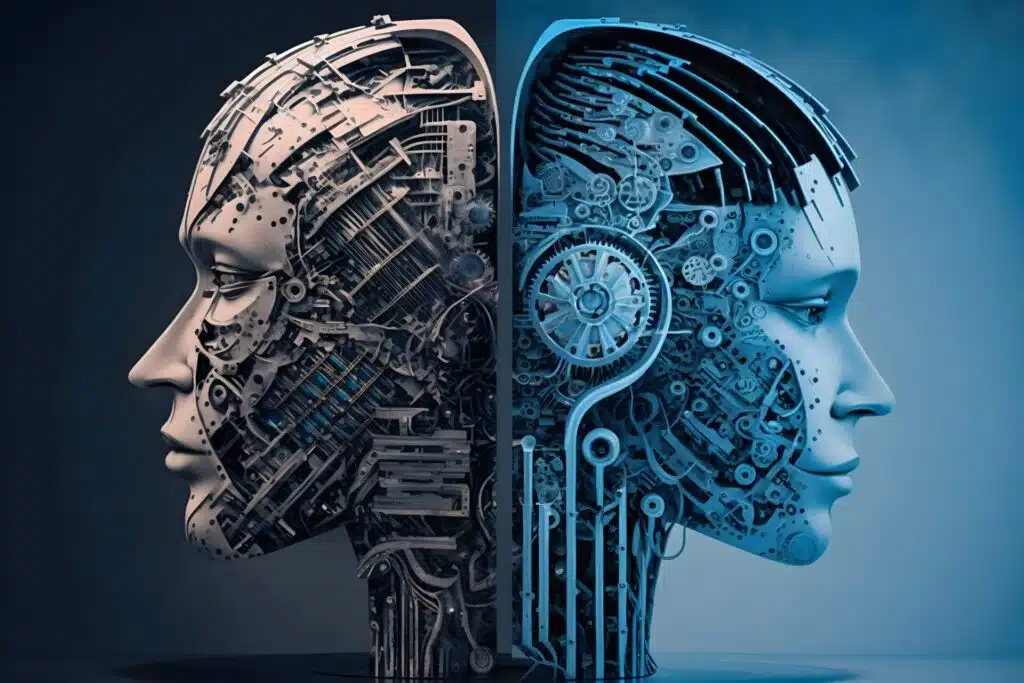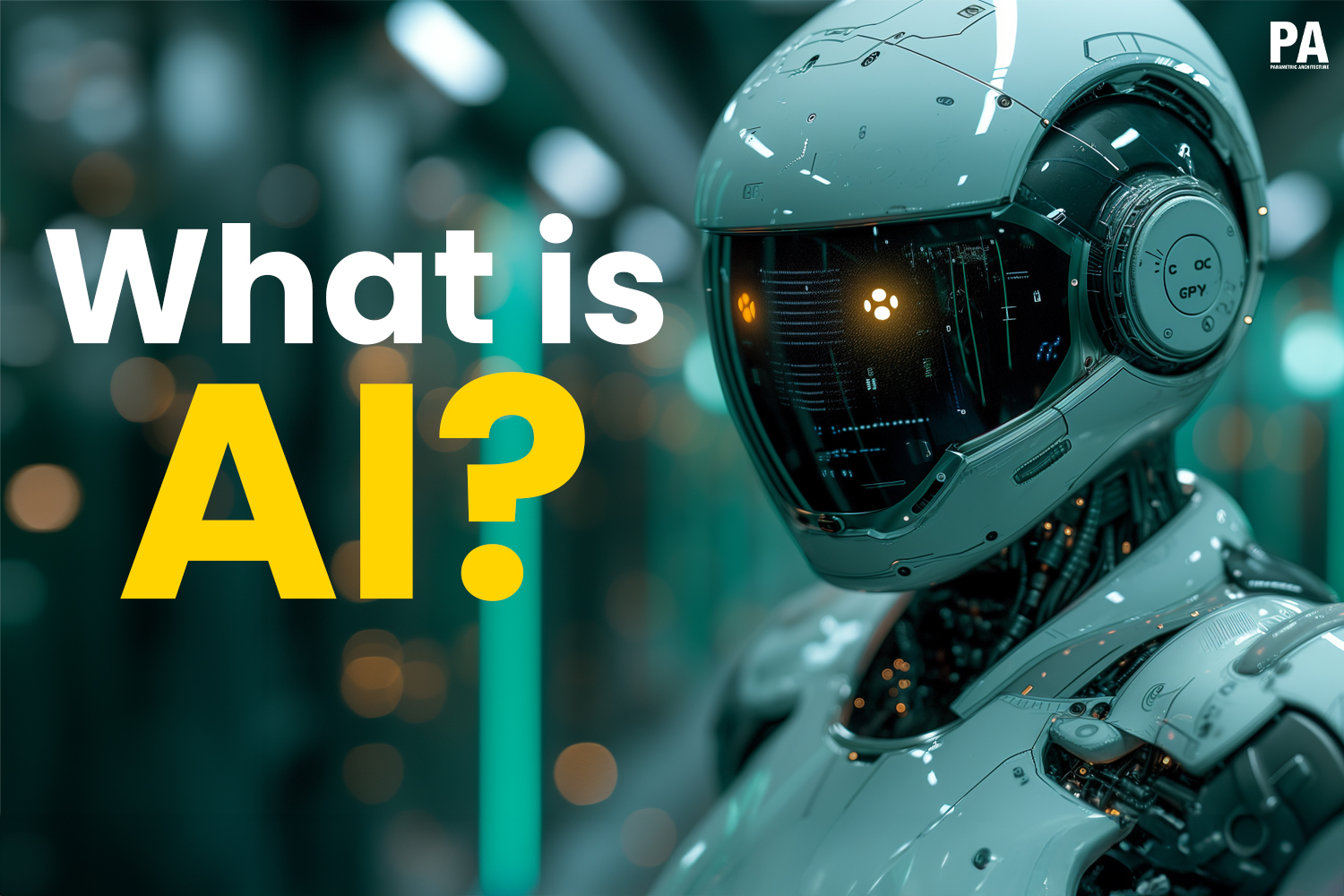
Allhacked
Overview
-
Sectors Pharmaceuticals
-
Posted Jobs 0
-
Viewed 31
Company Description
Researchers Reduce Bias in aI Models while Maintaining Or Improving Accuracy

Machine-learning designs can fail when they attempt to make predictions for individuals who were underrepresented in the datasets they were trained on.

For circumstances, a model that forecasts the finest treatment option for someone with a chronic disease might be trained utilizing a dataset that contains mainly male patients. That model might make inaccurate predictions for female patients when deployed in a health center.

To improve results, engineers can attempt stabilizing the training dataset by eliminating data points until all subgroups are represented equally. While dataset balancing is appealing, it frequently needs eliminating large quantity of information, hurting the model’s total performance.

MIT scientists established a brand-new technique that determines and eliminates specific points in a training dataset that contribute most to a design’s failures on minority subgroups. By getting rid of far fewer datapoints than other methods, this method maintains the general accuracy of the model while improving its performance regarding underrepresented groups.
In addition, the technique can identify covert sources of bias in a training dataset that lacks labels. Unlabeled data are much more common than identified information for lots of applications.
This technique might also be combined with other techniques to improve the fairness of machine-learning designs deployed in high-stakes circumstances. For instance, it might at some point assist make sure underrepresented clients aren’t misdiagnosed due to a biased AI model.
“Many other algorithms that attempt to resolve this issue assume each datapoint matters as much as every other datapoint. In this paper, we are revealing that assumption is not real. There are particular points in our dataset that are contributing to this predisposition, and we can discover those data points, remove them, and improve performance,” says Kimia Hamidieh, an electrical engineering and computer technology (EECS) graduate trainee at MIT and co-lead author of a paper on this method.
She wrote the paper with co-lead authors Saachi Jain PhD ’24 and fellow EECS graduate trainee Kristian Georgiev; Andrew Ilyas MEng ’18, wiki.lafabriquedelalogistique.fr PhD ’23, a Stein Fellow at Stanford University; and senior authors Marzyeh Ghassemi, an associate teacher in EECS and a member of the Institute of Medical Engineering Sciences and the Laboratory for Details and Decision Systems, and Aleksander Madry, the Cadence Design Systems Professor at MIT. The research will be presented at the Conference on Neural Details Processing Systems.
examples
Often, machine-learning models are trained using huge datasets gathered from many sources across the internet. These datasets are far too large to be thoroughly curated by hand, so they may contain bad examples that injure design performance.
Scientists likewise know that some data points affect a model’s performance on certain downstream tasks more than others.
The MIT researchers combined these two ideas into a method that determines and removes these troublesome datapoints. They look for to solve an issue known as worst-group mistake, which takes place when a design underperforms on minority subgroups in a training dataset.
The researchers’ brand-new strategy is driven by prior operate in which they presented an approach, called TRAK, that recognizes the most essential training examples for a particular design output.
For this new method, they take incorrect forecasts the design made about minority subgroups and use TRAK to determine which training examples contributed the most to that incorrect prediction.
“By aggregating this details throughout bad test predictions in properly, we are able to discover the particular parts of the training that are driving worst-group accuracy down overall,” Ilyas explains.
Then they get rid of those particular samples and retrain the model on the remaining information.
Since having more information normally yields better general performance, eliminating simply the samples that drive worst-group failures maintains the model’s total precision while enhancing its efficiency on minority subgroups.
A more available approach
Across 3 machine-learning datasets, their technique exceeded multiple strategies. In one instance, it improved worst-group precision while eliminating about 20,000 less training samples than a conventional data balancing approach. Their technique likewise attained higher accuracy than approaches that need making modifications to the inner workings of a design.
Because the MIT technique involves changing a dataset instead, it would be much easier for a practitioner to use and can be applied to lots of kinds of designs.
It can likewise be utilized when bias is unidentified because subgroups in a training dataset are not identified. By determining datapoints that contribute most to a function the model is finding out, mariskamast.net they can understand the variables it is using to make a forecast.
“This is a tool anybody can use when they are training a machine-learning design. They can look at those datapoints and see whether they are lined up with the ability they are attempting to teach the model,” states Hamidieh.
Using the strategy to find unknown subgroup bias would need intuition about which groups to try to find, so the researchers wish to validate it and explore it more fully through future human studies.
They likewise want to enhance the efficiency and reliability of their method and ensure the technique is available and user friendly for professionals who could at some point deploy it in real-world environments.
“When you have tools that let you critically take a look at the information and figure out which datapoints are going to lead to bias or other unfavorable behavior, it gives you a very first step towards building designs that are going to be more fair and more dependable,” Ilyas states.
This work is moneyed, clashofcryptos.trade in part, by the National Science Foundation and the U.S. Defense Advanced Research Projects Agency.
